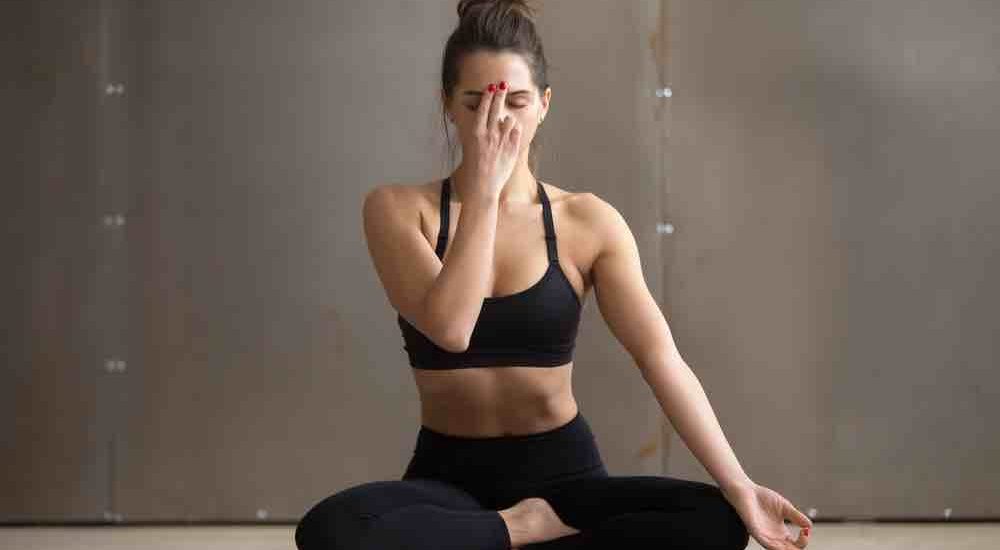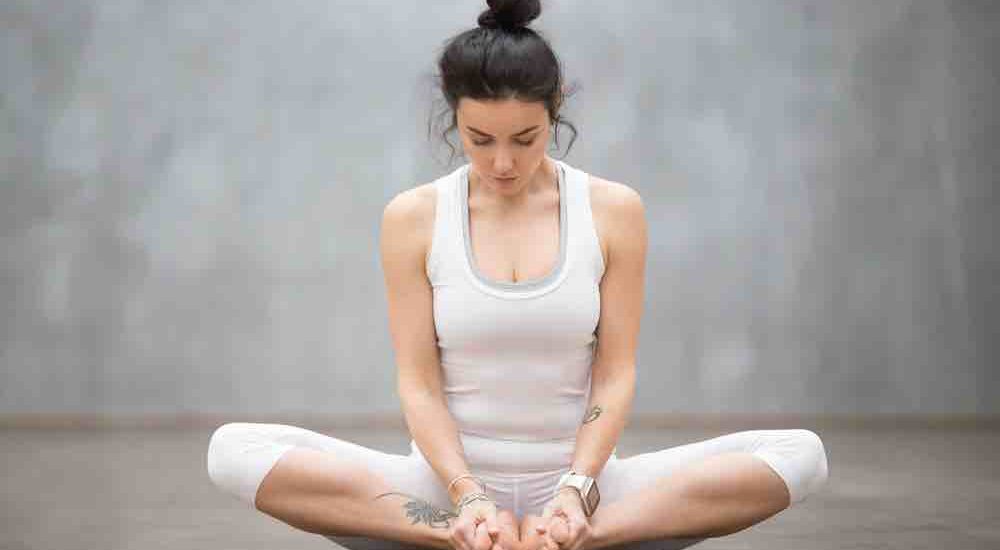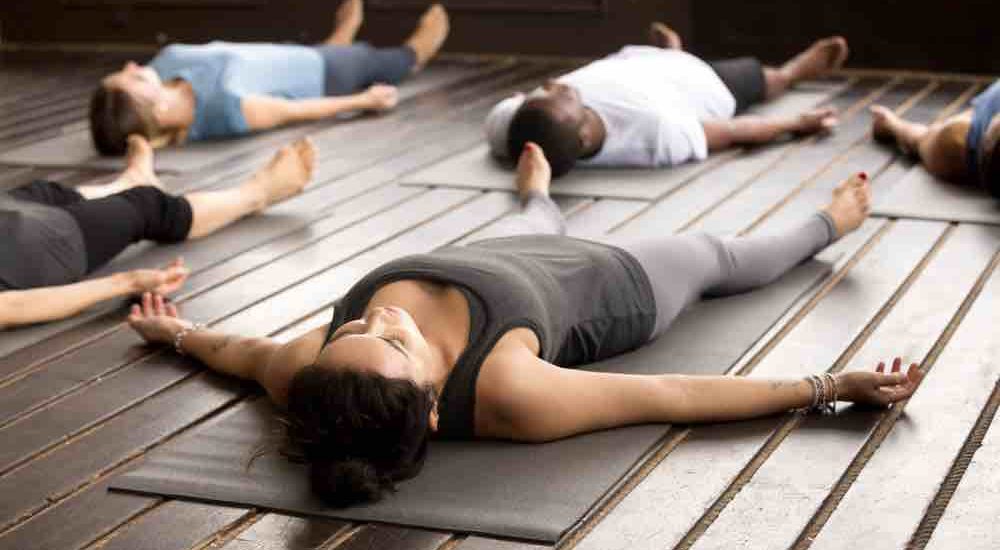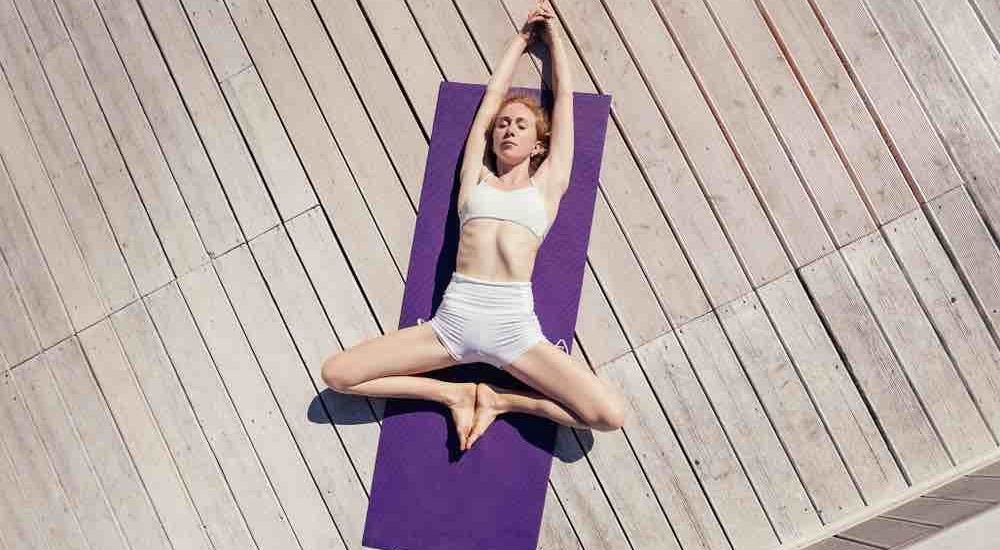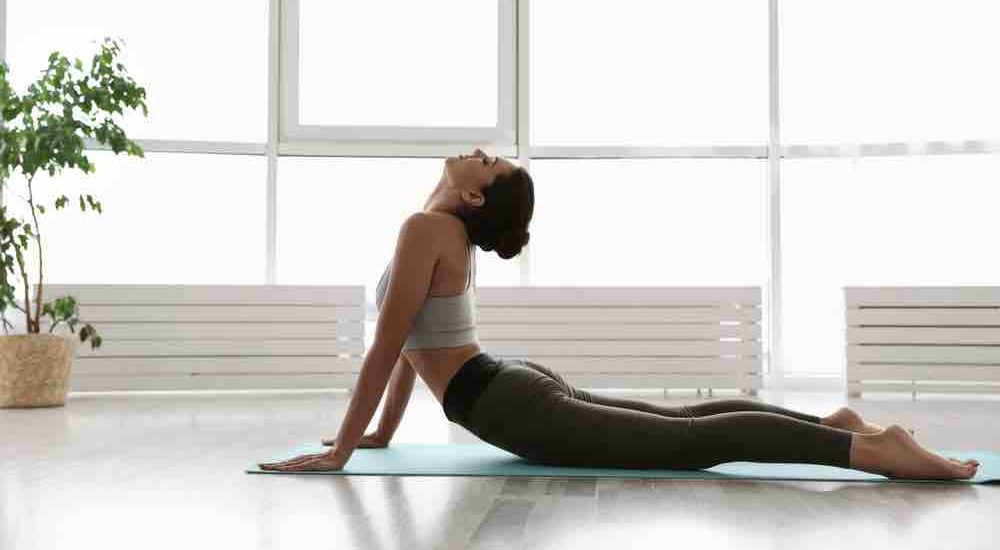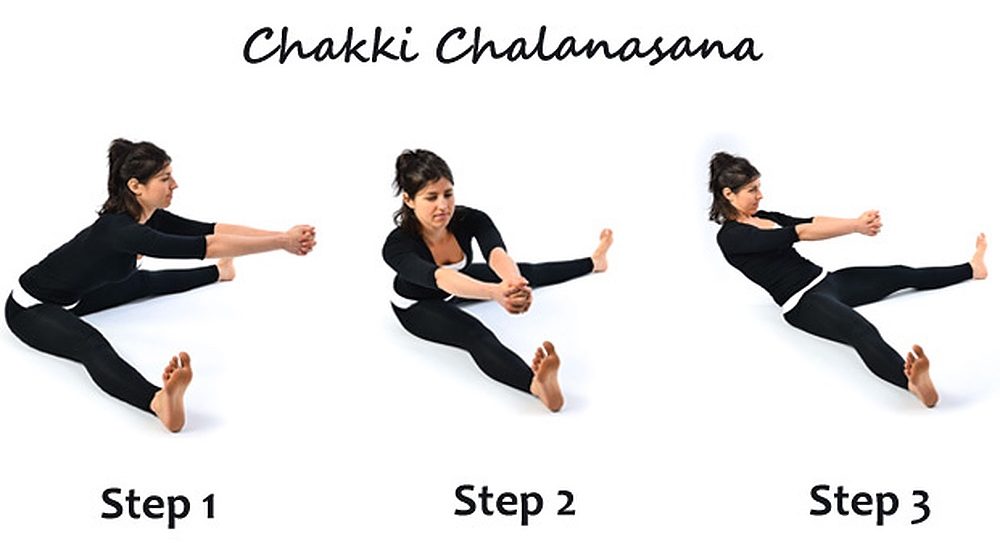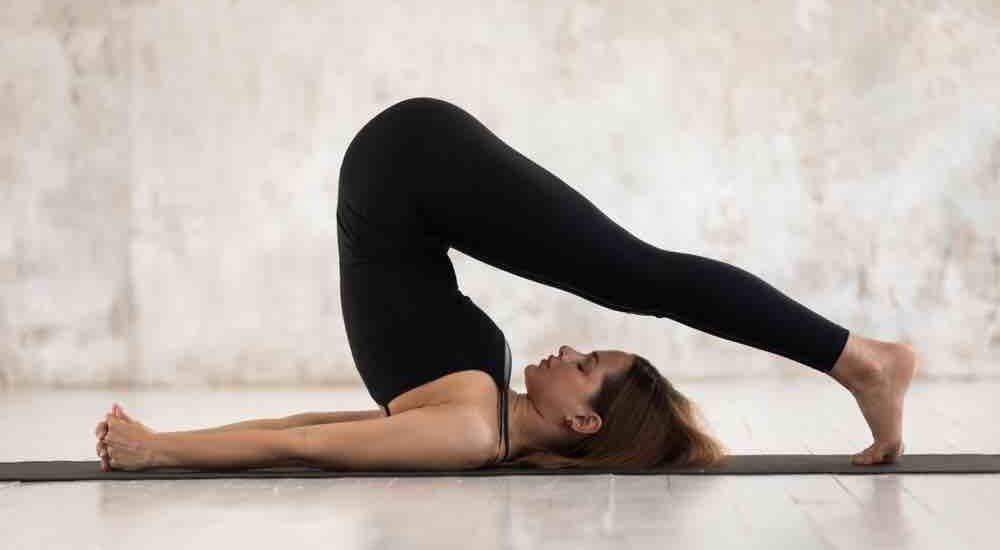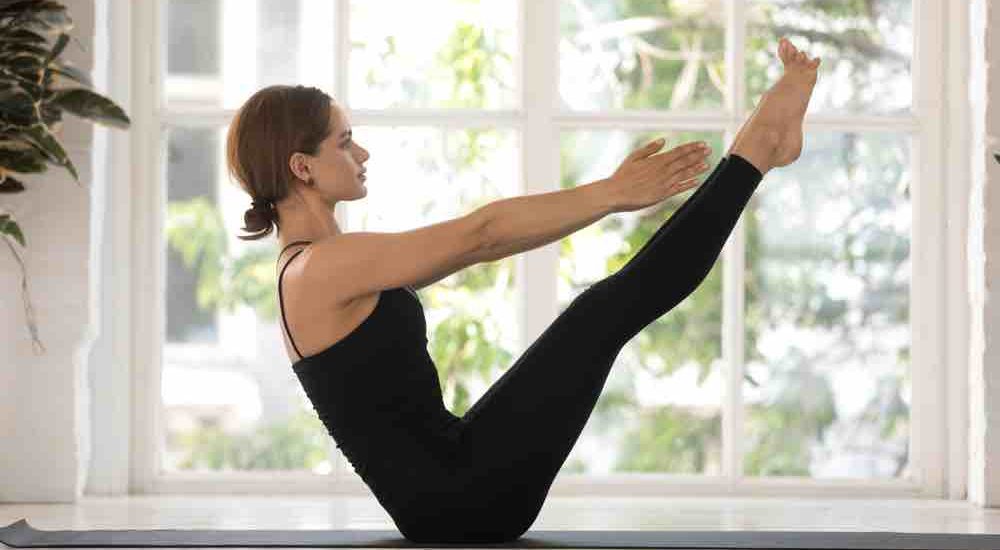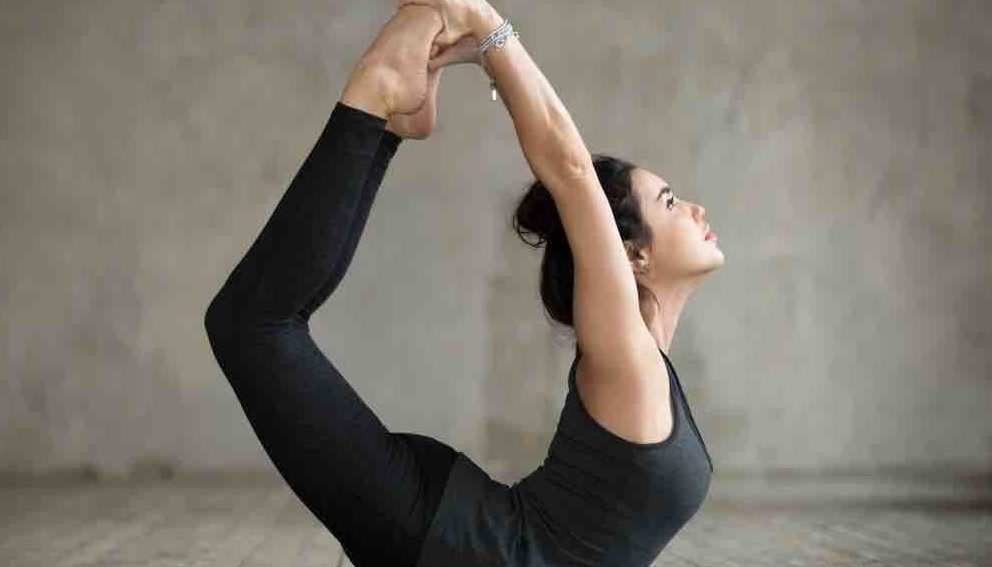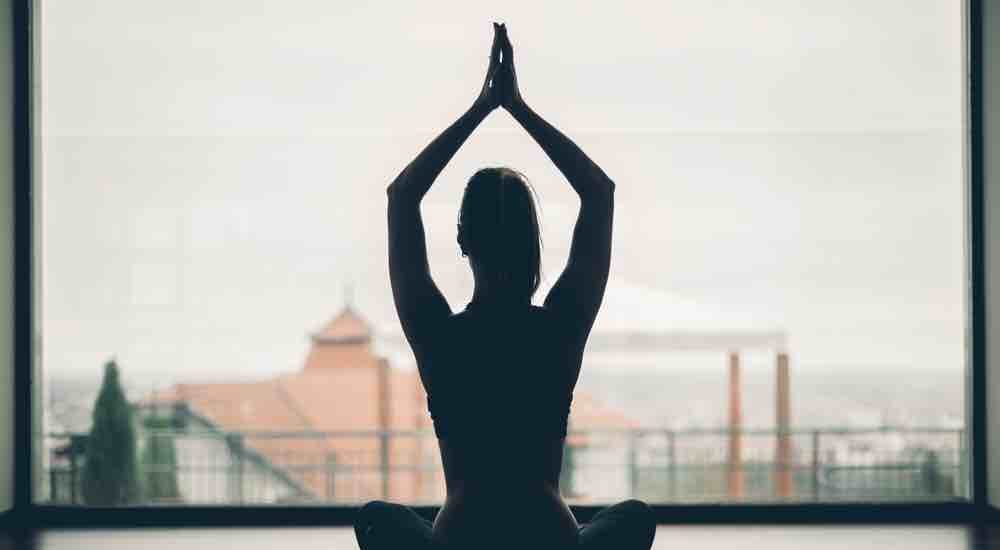
A woman’s body is beautiful, fragile, and complex altogether. In today’s times, the case of ovarian cysts is observed more frequently. Common reasons for ovarian cysts, in most cases, are lifestyle and eating habits.
Here, we will be talking about ovarian cysts in women and how yoga poses might help in mitigating the risk of having ovarian cysts. Here are the few vital points that would help us understand all about ovarian cysts.
Table of Contents
What are ovarian cysts?
Cysts are usually a sac-like structure that might contain fluid, pus, or gas. These are generally non-cancerous. They are common and can occur anywhere in the body. Some sort of infection or clogging of sebaceous glands might be the reason for their formation.
Ovarian cysts develop as a result of your menstrual cycle. These cysts are on the ovary or its surface. Many women have ovarian cysts at some point in time. These cysts are generally harmless and present little or no discomfort. The cysts that rupture can cause serious problems.
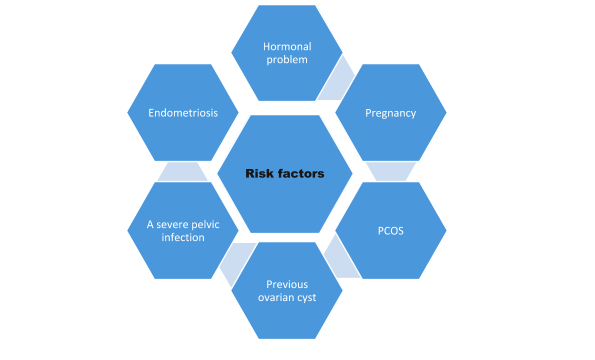
Complications
- Ovarian torsion: Cysts that grow in size can cause the ovary to move which will cause painful twisting of the ovary and severe pelvic pain, nausea, and vomiting.
- Rupture: This can be a serious problem. A cyst that ruptures might cause severe pain and internal bleeding.
Easy Yet Effective Yoga Poses To Treat Ovarian Cyst
Kapalbhati
Kapalbhati is the best breathing exercise that helps people to get rid of most health complications. It majorly works on the respiratory system and digestion which in turn gives radiant skin as well. It leads to belly fat reduction and maintaining the proper menstrual cycle. Kapalbhati is considered and expected to give the quickest results and relief in case of ovarian cysts.

Pranayama
Pranayam involves alternative respiration from nostrils- breathing from one nostril at a time and involves inhalation and exhalation. A week’s practice of this yoga pose will help you get rid of ovarian cyst pain and symptoms.

Butterfly pose
This pose opens up the pelvic area and relieves the stress of the hip muscles. It is effective in reducing pelvic pain and ovarian cyst pain treats hormonal imbalance and physical stiffness.
It is performed by bringing and touching the toes together and exerting enough pressure on them to stay intact in that position and then swinging both legs like a butterfly’s wings with a uniform and controlled motion.
Savasana
Savasana leads to the regulation of breath and entire body relaxation. The asana requires the least effort. It just needs you to lay still and concentrate on breathing. It leads to healthy blood flow in the ovary region.

Supta Baddha Konasana
This is also known as a reclining butterfly pose and is considered better than a butterfly pose. It is laying down on your back in a butterfly pose and breathing deeply for 10 minutes in that pose. This will help in relaxing the abdominal region and ovarian muscles a lot.

Bhujangasana or Cobra Pose
It is a great pose for women as it regulates proper blood flow and relaxes the pelvic region. Anxiety and stress can also be curbed by this pose. This is done by laying down on the floor facing the floor. Then raising the upper body off ground above the waist and concentrating on the breathing process.

Moving the grinding wheel or Chakki Chalanasana
This pose is practiced by keeping your legs apart wide. Thereafter joining both hands tightly from palms without bending elbow part. Then inhale when hands come near you in a circular motion and exhale while hands go far. Repeat this 20 times both clockwise and anticlockwise.

Plow Pose or Halasana
This pose helps in relaxing muscle stiffness and problems caused by menopause. Hence helping in better functioning of the abdomen area and pelvic area. This pose is practiced by keeping hands straight and loose. Then raising legs to touch the floor backward overhead. One should not breathe heavily while practicing this yoga pose.

Naukasana or Boat Pose
This pose helps in regulating body conditions and is very good for ovarian cyst as well. It controls the body weight and menstrual cycle too. This is practiced by laying straight on the floor with both legs together. Then raising the upper and lower body simultaneously by maintaining balance. Maintain for a minute till you feel an extreme muscle tension.

Dhanurasana or Bow Pose
It is great for treating ovarian cyst pain, any inflammations in the midbody region, i.e., spine, melting body fat, and strengthening the abdominal and pelvic muscles. This is done by raising the legs and arms in a relaxed position with the chest off the ground while laying facing the ground. Take deep breaths while maintaining a posture that looks like a bent bow.

These were some of the yoga poses that will help in combating ovarian cyst pain and other women’s body problems including weight management, regulating period cycles, and dealing with menopause. It must be performed after the doctor or trainer’s guidance.
Though yoga will help reduce pain, it is always suggested to go for surgery to eliminate the risks of ovarian cyst. The surgery is called a Hysterectomy.
Treatment for Ovarian Cysts
Hysterectomy is a surgery usually performed by a gynecologist. It is a surgical operation to remove all or some parts of the uterus. The procedure may also include removal of the cervix, fallopian tubes, ovaries, and other surrounding structures. It is usually done in cases of ovarian cysts and pelvic pain which otherwise cannot be cured by all other treatments and methods.
In most cases, ovarian cysts go away within a few months on their own without any medication. If the female has no troubling symptoms of ovarian cysts and an ultrasound shows that a female has a simple, small, fluid-filled cyst, a gynecologist commonly suggests a patient to maintain a healthy and fit lifestyle and wait for the cyst to go away on its own.
Females diagnosed with ovarian cysts should get follow-up pelvic ultrasounds at regular intervals (as suggested by the doctor) to monitor the cyst and see if the cyst changes in size.
Treatment options for ovarian cyst depend on the female’s age, the type and size of the ovarian cyst, and its symptoms. After analyzing those factors, the gynecologist might recommend treatment options such as-
- Medication- Your gynecologist might recommend hormonal contraceptives, like birth control pills, to prevent recurrent ovarian cysts. However, birth control pills will not treat or shrink an existing cyst.
- Surgery- The gynecologist will try best to treat and prevent ovarian cysts with medicines or lifestyle changes. But in some cases, a female may need to undergo a surgical procedure for ovarian cysts. A gynecologist is likely to suggest surgery for ovarian cysts in the following cases.
- Large cyst
- The cyst does not look like a functional cyst
- Cyst increases in size
- The cyst does not go away
- Recurrent ovarian cyst
- Causes pain or other symptoms
If the doctor suspects that the cystic mass is cancerous, you might need to undergo a total hysterectomy and possibly chemotherapy or radiation. In a total hysterectomy, the uterus, ovaries, and fallopian tubes are removed.
The surgical option of total hysterectomy is only suggested to females after menopause or those around the same age and no longer wish to have children.
Hysterectomy at an early age can cause serious long-term side effects like early aging, pelvic floor dysfunction, early menopause, organ prolapse, painful sex, or urinary incontinence.
Conclusion
Women may encounter many problems in modern times, but there is always a way to get rid of suffering through medical science innovations. Hysterectomy is one of those revolutionary measures which ultimately helps to eliminate the problem that is causing trouble which might turn out to be life-threatening if the proper course of action is not taken at the right time.
Moreover, all women should know the symptoms and get regular pelvic exams to protect their health. Yoga may provide you temporary relief but is always good to consult a doctor if you notice any such symptoms before making any lifestyle changes. So, book an appointment now.
Disclaimer: Tips mentioned in the blog are for information purposes only and should not be considered professional medical advice. Always consult your doctor, trainer, or dietician before starting any fitness program or making any changes to your diet.


